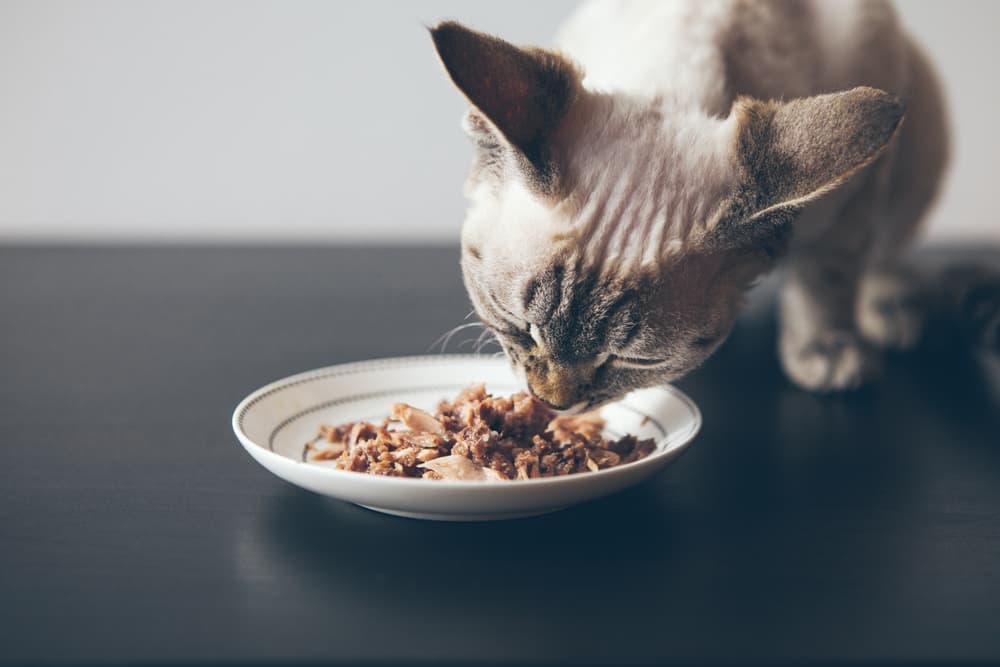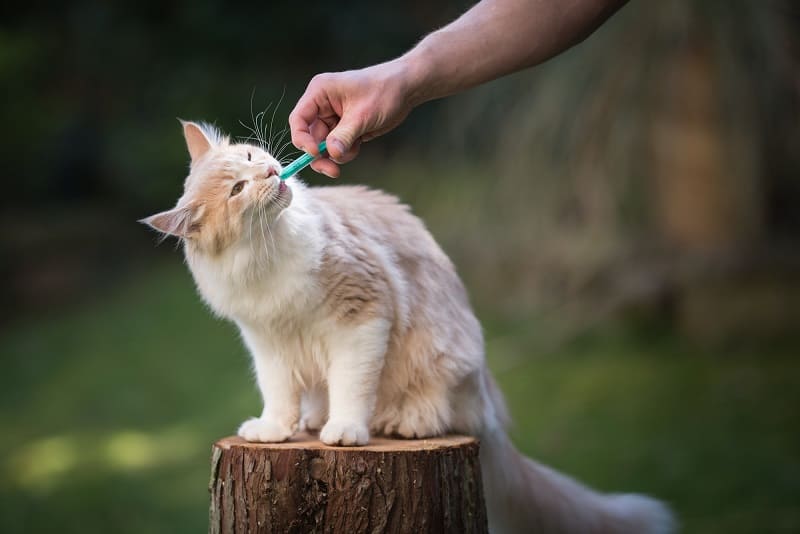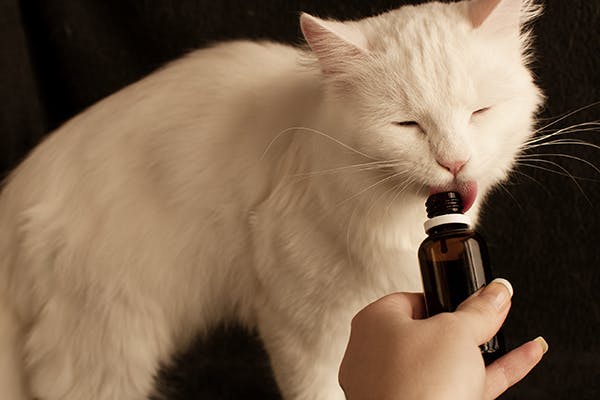How To Give A Cat Liquid Medicine
- 718
- cat medicine,cats
How to give a cat liquid medicine? Most cats will require at least one or two doses of medication at some point. And for many cat owners, the notion of delivering medication to their feline is enough to induce a panic attack. Cats are independent creatures who dislike deviating from their daily routines and customs. Additionally, they have an acute sense of smell and taste. This frequently makes the administration of any drug difficult.
Whether your cat’s prescription is only available in liquid form, or you prefer giving your cat liquid medicine rather than pills, this page is dedicated to liquid meds for cats. We will discuss why some cats require liquid drugs, typical liquid medications, how to give a cat liquid medicine, and what additional options are available if your cat resists medication.
Why Felines May Require Liquid Medication
Numerous oral treatments for cats are offered in both pill and liquid form. If so, your cat’s veterinarian may offer you a choice between the two options. Whether a tablet or liquid is simpler depends greatly on the drug, the cat, and the pet parent’s degree of comfort. A recent study revealed that most owners prefer to give their cats a pill rather than a drink, although cats seem to favour the taste of liquid over pills.
Occasionally, pet parents will not have the choice to pick between providing a tablet or a liquid because only one type of treatment is easily available. Meloxicam, a nonsteroidal anti-inflammatory medicine, is only available in liquid form.
When administering a smaller or more exact dose of medication, liquid drugs may be preferred. For instance, if a little kitten requires medication, the veterinarian may prefer to give a liquid rather than a tablet, as a pill may contain an excessive quantity.
In certain instances, the tablet form of a drug may bring health risks that the liquid form does not. Certain drugs, like the antibiotic doxycycline, can turn caustic if taken in tablet form without water. This could result in oesophageal strictures, a dangerous disorder characterized by constriction of the oesophagus, the tube connecting the throat to the stomach.
How To Give A Cat Liquid Medicine With Canned Food

As with children, hiding medication in your cat’s food might sometimes prevent him from noticing he’s receiving it. If your veterinarian permits, consider mixing your cat’s medication with wet food. Inform your veterinarian if your cat is taking additional medications, including shampoo or topical treatment for fleas and ticks.
If you try mixing it with food, be sure to use only a small amount of food so that your cat consumes all the food and does not leave any behind. Depending on the cat, this may be all required, especially if the food is enticing.
How To Give A Cat Liquid Medicine In A Syringe

If you cannot get your cat to consume medicine combined with canned food, you must administer liquid medication with a syringe. Follow these procedures to ensure proper completion of this task, which can be somewhat tough.
- Assemble your prescriptions. Before involving your cat, you must have everything prepared and the syringe loaded.
- Place your cat so that he is looking away from you. Hold the syringe in your dominant hand and the cat in your non-dominant hand. Ensure that he is facing away from you and tucks into your arm so he cannot escape.
- Some extremely demanding cats may require wrapping with a towel. For this phase, a particularly demanding cat may need to be covered in a towel with only his head exposed. Try administering medication to your cat without wrapping it. This can create a little more stress. It may be necessary for the most problematic cats to wrap them in a blanket and have a trusted caretaker hold them while the medication is administered.
How To Give A Cat Liquid Medicine
- Raise his head to face the ceiling. Hold your cat gently with your fingers at his upper lip and pull back his whiskers. Adjust his head so that he is looking towards the ceiling.
- Some doctors recommend administering liquid medication to your cat without raising its head. Others propose allowing the cat to lick the syringe tip first, provided the taste does not frighten him. 4 Consult your veterinarian if you are unsure which technique to employ.
- Insert the syringe gently into the side of his mouth. This will encourage him to communicate. Ensure that the syringe is positioned so that it squirts onto the back of your cat’s tongue from the side, not directly down his throat, since this may cause him to gag.
- Slowly dispense the drug into his mouth. He may spit it out if you squirt too quickly or close to the front of his tongue.
- Continue holding his head while counting to three. It can be beneficial to touch beneath his chin at this step lightly. The act of stroking his chin can prompt him to swallow. His throat is sensitive, so tread carefully!
Cats that are very difficult to treat may require a different type of medication, such as an IV or injection from a veterinarian or a transdermal medication. However, for most cats, these methods will be effective.
Additional Tips for Administering Liquid Medication To Your Cat

- Do not force the liquid medication down the throat of your cat. They might suffocate or inhale it.
- A syringe is typically easier to measure and give than a dropper.
- With your dominant hand, grasp the syringe.
- If your cat refuses to swallow the liquid medication or begins to foam at the mouth, consider a tablet form or hiding the liquid in food or treats. At a compounding pharmacy, certain pharmaceuticals can be converted into chewable treats. Ask your veterinarian for options.
- Some cats begin to drool after tasting liquid medication. This is stressful, and you won’t know how much of the medication entered your system. If they vomit or foam, do not administer another dose.
- Ask your vet if the liquid medication can be administered at room temperature. Even though some prescriptions must be refrigerated to remain effective, some cats are more receptive to warm medication.
- Ask your veterinarian for help. They can exhibit more techniques. In extreme circumstances, you can transport your cat to the clinic for medicine or board it there while it is on medication.
Conclusion
How to give a cat liquid medicine? As a cat owner, you must be aware of the types of liquid medications that your feline companion can consume. Some cats may readily consume liquids orally, while others will only consume liquids of a specific sort or brand. Knowing how to provide your cat’s medication safely and effectively will make life much easier for you and your cat.
